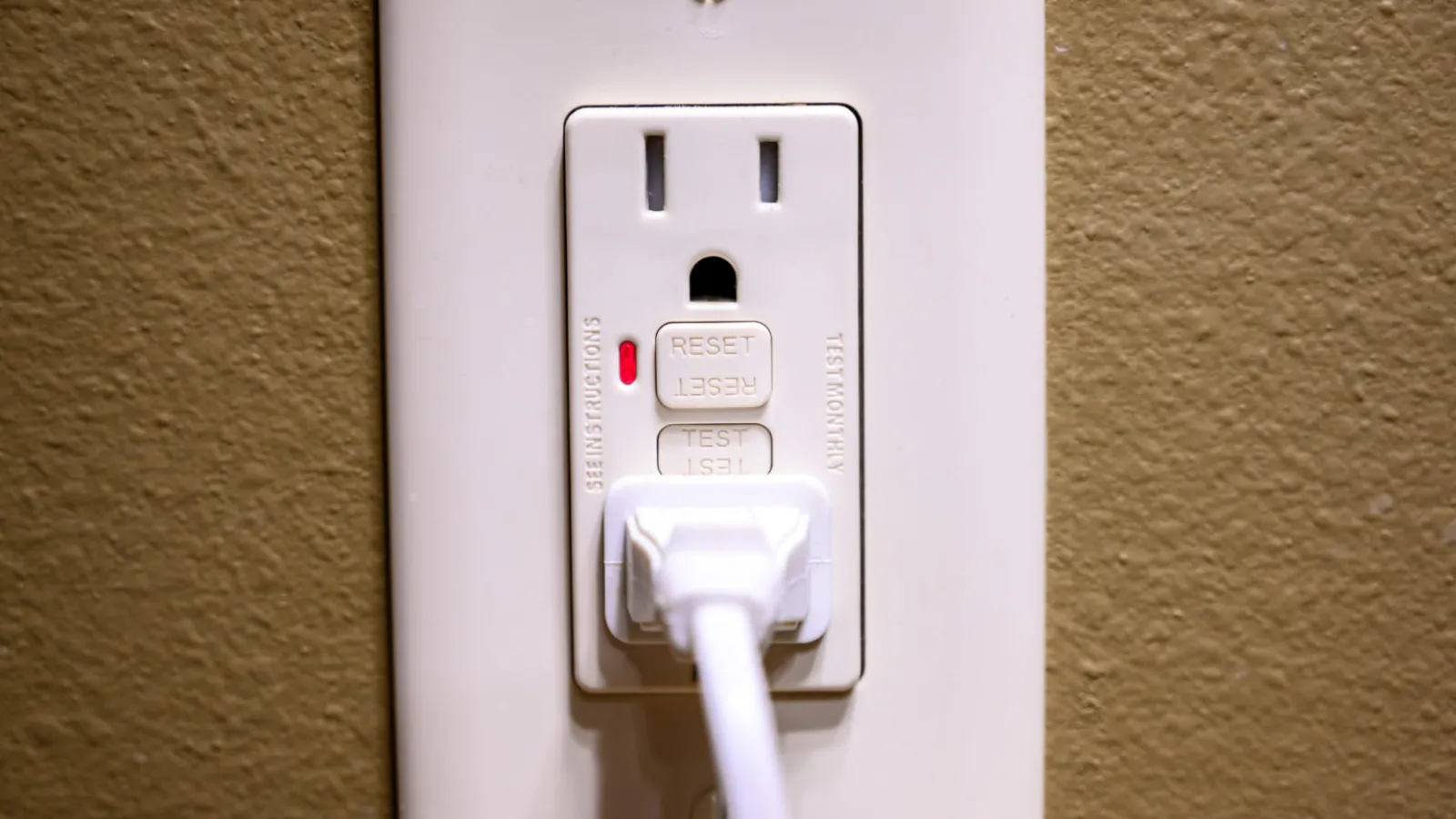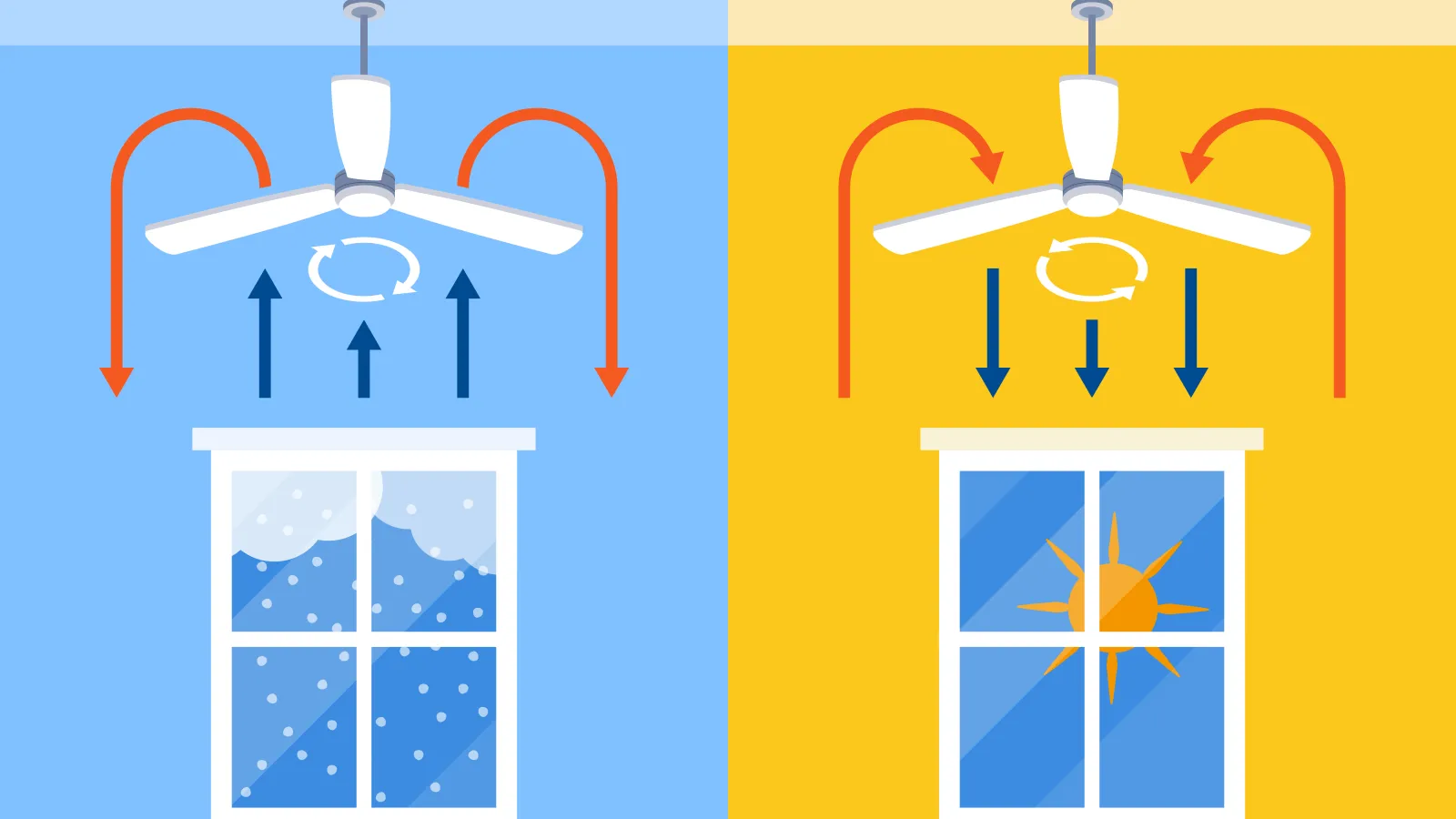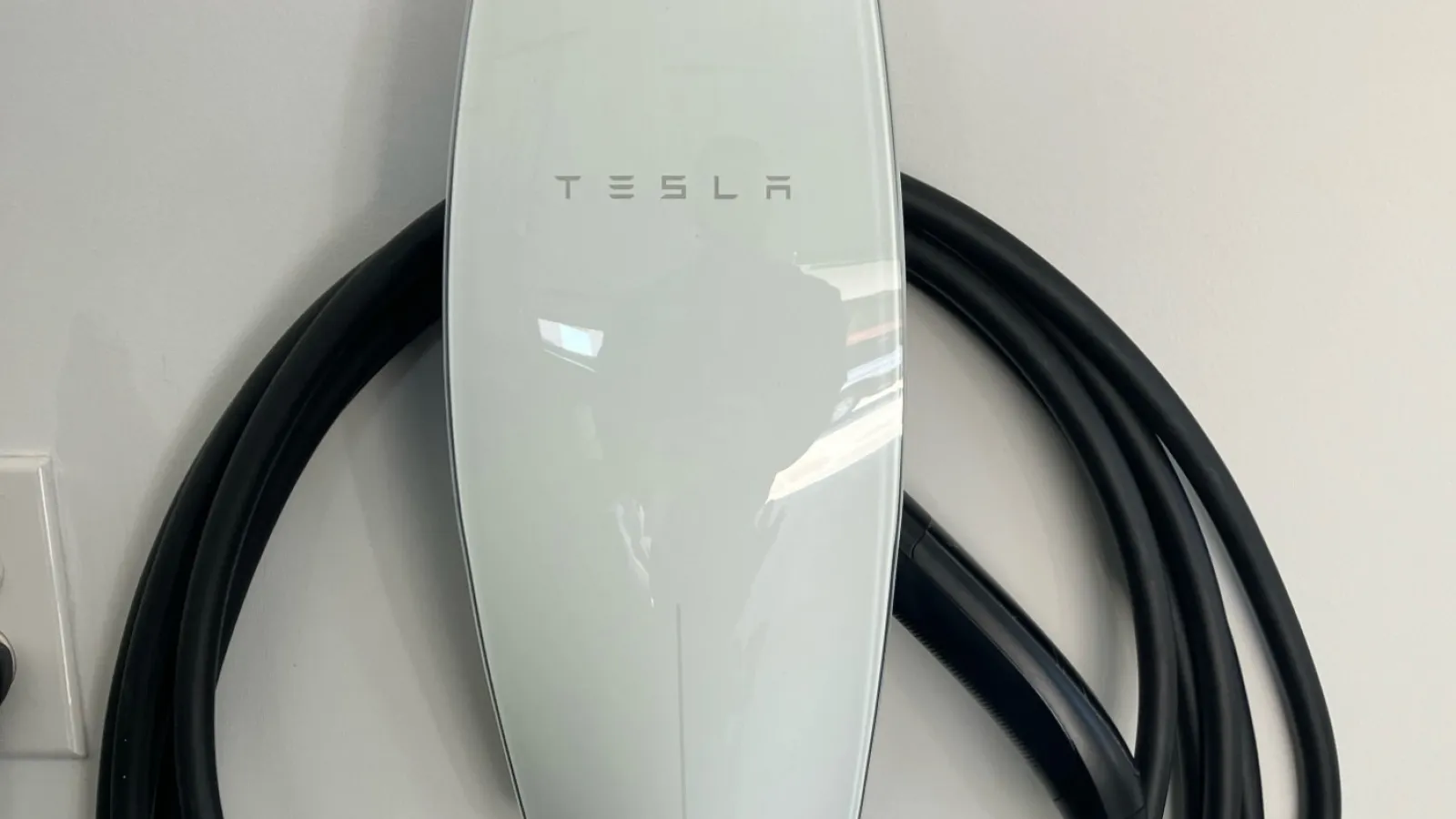If you take a look around your home, you’ll notice different types of electrical outlets. Large appliances like clothes dryers have hefty-looking, 4-prong outlets, there are plain outlets throughout your living areas, then bathrooms and kitchens have outlets with little buttons! These are called GFCI outlets and they serve a special purpose. Let’s take a look at what they are for and how they differ from the standard outlets you are more familiar with.
What Are GFCI Outlets?
GFCI stands for ground fault circuit interrupter, and their purpose is to stop electrical shocks. They detect stray current on an alternate path outside the circuit. When current is unintentionally diverted off its intended electrical path, this is known as a ground fault. GFCI outlets are also sometimes called GFI outlets, which stands for ground fault interrupter – GFI and GFCI outlets are essentially the same device.
When this current is detected traveling in the wrong direction, GFCI outlets shut down the electricity on that circuit in just a fraction of a second. Even when the imbalance of the current is incredibly small, these devices will still detect the error and work to stop the current from taking a path through water or a human, which could be deadly.
What Are Standard Outlets?
Most homes today have three-pronged outlets installed throughout living spaces. They have two vertical slots and a ground pin that sits under and in the middle of these slots. Typically, 15-amp outlets are the outlets most would consider as a “regular” outlet. Some homes also have 20-amp outlets to support certain appliances, which look similar to 15-amp outlets but have a horizontal slot connecting to one of the vertical slots, forming a sideways T shape.
The Differences Between Regular and GFCI Outlets
The main differences between regular outlets and GFCI outlets that most people easily recognize is their look and location.
Appearance of Standard Outlets and GFCI Outlets
You can tell standard and GFCI outlets apart simply by looking at them, as their appearance differs.
- Standard outlets are smaller in size versus GFCI outlets.
- Standard outlets do not have testing buttons on the outlet face as GFCI outlets do.
The buttons on GFCI outlets are meant to allow you to test the outlet’s function. While these outlets are typically reliable, they can fail and require replacement. To test GFCI outlets, just press in the button marked TEST – doing so should cause a snapping sound, which indicates the outlet was tripped and electricity to the plugs has been cut. You can plug in a small device to test that the outlet has shut off, or use a voltage tester. Once you’ve completed the test, simply press the RESET button which resets the outlet so that power can flow to the plug connections.
Location of Standard and GFCI Outlets
Because of their ability to reduce and prevent electrical shocks, GFCI outlets are mandated for use in certain areas of the home by the National Electrical Code (NEC). While older homes that have not had new outlets installed or electrical updates made may not have GFCI outlets depending on their age, newer homes have required GFCI outlets in the following areas for decades:
- Bathrooms have required GFCIs since 1975.
- GFCIs have been required for kitchens since 1987.
GFCI outlets are mandated in areas that can become damp or wet. Other parts of the home which need to have GFCI outlets installed include wet bar sinks, utility sinks, garages, crawl spaces, unfinished basements, and outdoor areas. Regular outlets are installed elsewhere in the home in spots that aren’t likely to be impacted by water or moisture, like bedrooms, offices, and living rooms.
Contact Estes for Electrical Upgrades in Atlanta, GA
Is your Atlanta home equipped with the proper GFCI outlets, or is your older residence still lacking these important safety devices? Protect your loved ones and upgrade your outlets where necessary. Call Estes Services today to request an estimate for electrical upgrades and repairs.



